High-quality water pumps play a crucial role in various industries and applications, ensuring the efficient transfer of liquids. Among the diverse range of pumps available, self-priming pumps stand out for their ability to operate effectively even when the pump is not completely filled with liquid. This characteristic makes them particularly advantageous in scenarios where priming can be challenging or inconvenient. At the heart of the self-priming pump lies the Self-Priming pump impeller, a component pivotal to its performance and efficiency.
The impeller serves as the driving force behind the pump's operation, responsible for generating the necessary velocity and pressure to move the fluid. In the realm of self-priming pumps, the impeller's design and functionality hold paramount importance. Engineers and researchers continually strive to enhance impeller technology, seeking innovations that optimize performance, less energy consumption, and extend operational lifespan.
One of the key areas of focus in impeller design is efficiency. Efficient impellers ensure less fluid transfer with less energy input, resulting in cost savings and environmental benefits. Traditional impeller designs often face challenges related to cavitation, which can degrade performance and cause premature wear. However, advancements in computational fluid dynamics (CFD) and materials science have facilitated the development of innovative impeller geometries that mitigate cavitation effects.
Furthermore, the quest for durability and reliability drives ongoing research into materials and manufacturing techniques. High-quality materials such as stainless steel, bronze, and advanced polymers are favored for their corrosion resistance and mechanical strength. Additionally, advancements in casting and machining technologies enable the production of intricately designed impellers with tight tolerances, ensuring ideal performance and longevity.
Another area of innovation revolves around the integration of smart technologies into pump systems. Sensor-equipped impellers can provide real-time data on operating conditions such as flow rate, pressure, and temperature. This data allows for proactive maintenance and troubleshooting, less downtime, and maximizing uptime. Furthermore, predictive analytics algorithms can analyze performance trends and anticipate potential issues, enabling preemptive action to prevent costly failures.
In addition to performance enhancements, researchers are exploring ways to make self-priming pumps more environmentally friendly. Efforts to reduce energy consumption and less environmental impact are driving the adoption of renewable energy sources such as solar and wind power to drive pump systems. Moreover, the development of eco-friendly lubricants and sealants contributes to sustainability efforts by reducing the risk of fluid contamination and leakage.
The application spectrum of self-priming pumps is vast, encompassing industries such as agriculture, construction, wastewater management, and firefighting. In agricultural settings, these pumps are indispensable for irrigation, drainage, and livestock watering. In construction projects, they facilitate the dewatering of excavation sites and the transfer of fluids for concrete mixing. Municipalities rely on self-priming pumps for sewage handling, flood control, and water distribution. Fire departments utilize them for rapid water supply during firefighting operations.
Looking ahead, the evolution of self-priming pump technology shows no signs of slowing down. Continued collaboration between engineers, researchers, and industry stakeholders will drive further innovations in impeller design, materials science, and smart technologies. As global challenges such as climate change and water scarcity intensify, the role of efficient and reliable water pump systems becomes increasingly critical. By pushing the boundaries of what is possible, the pursuit of excellence in self-priming pump technology will pave the way for a more sustainable and resilient future.

 English
English русский
русский Español
Español
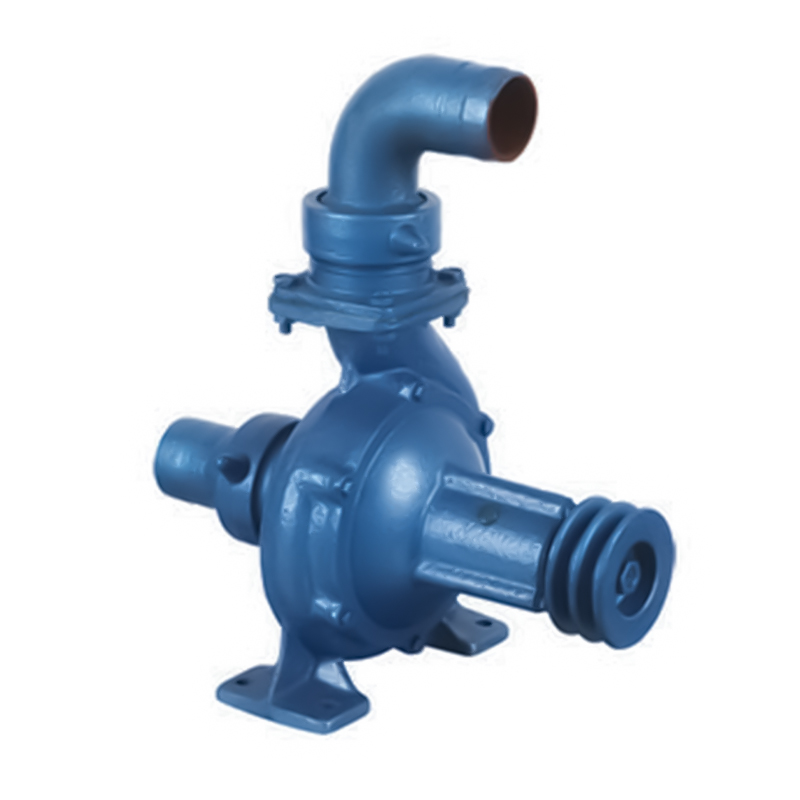
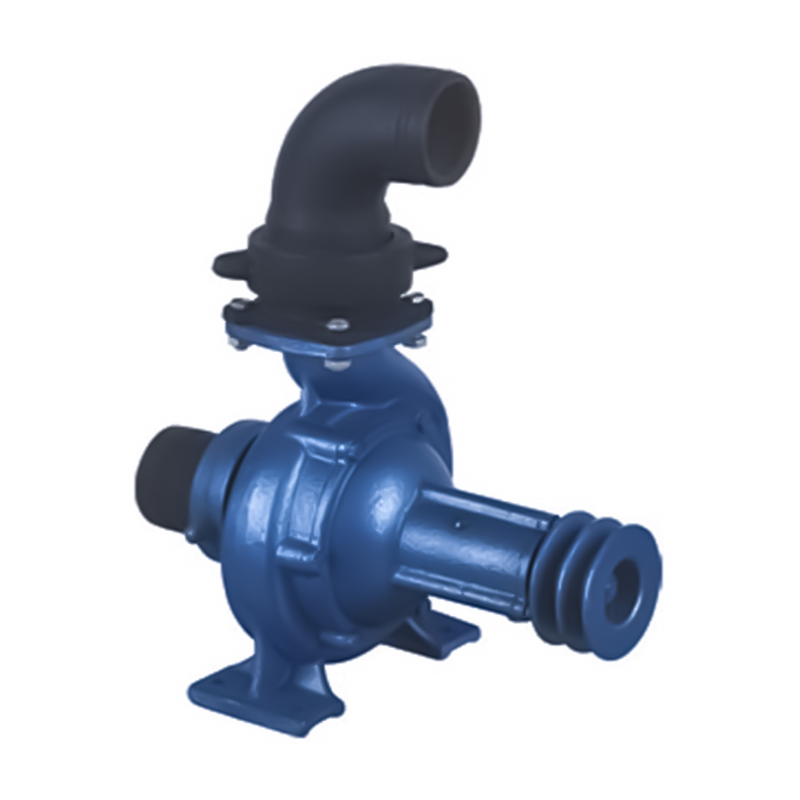

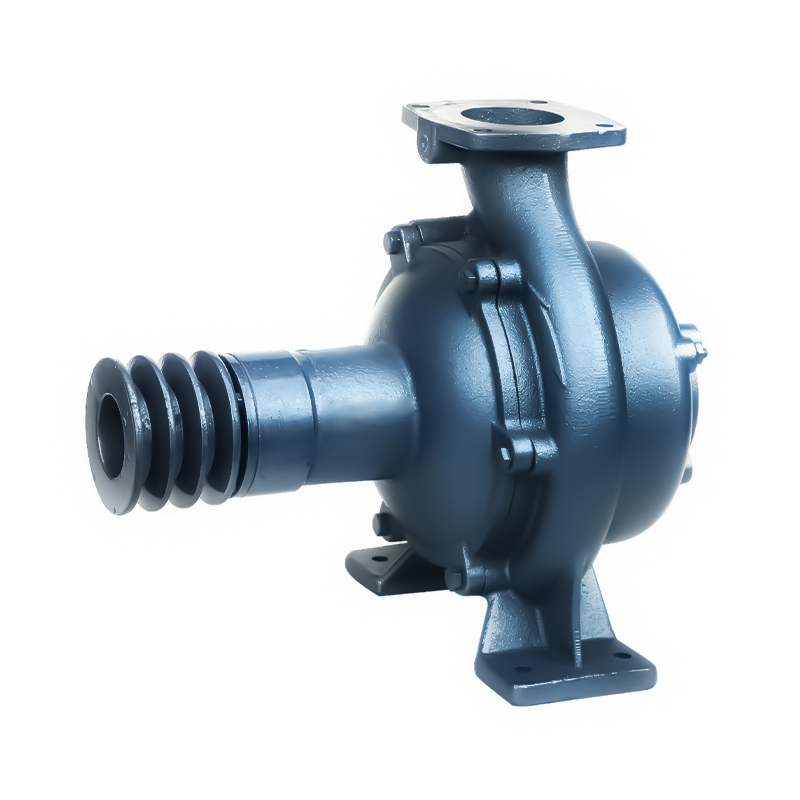
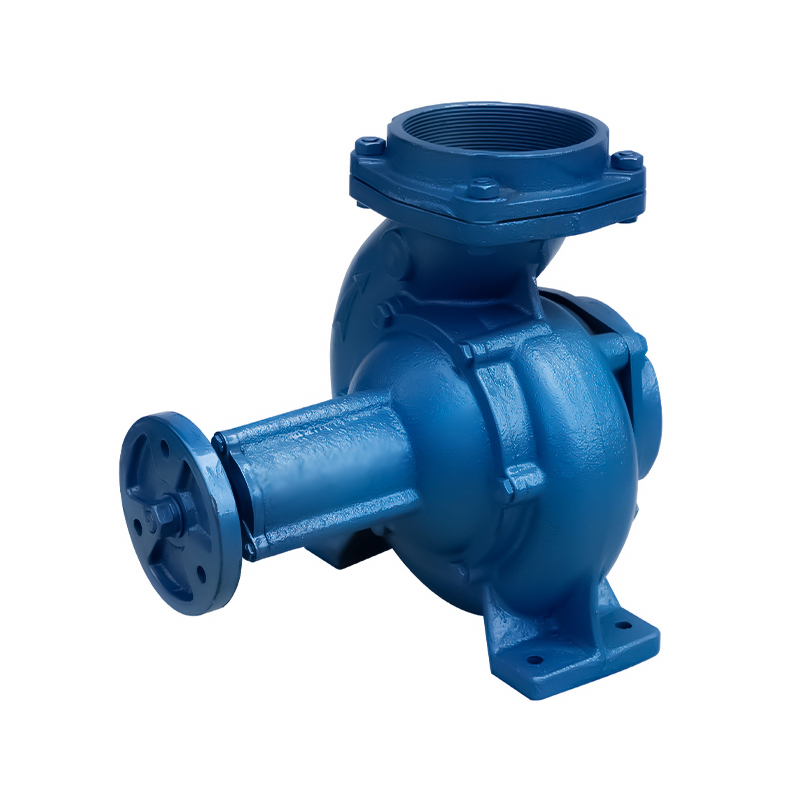
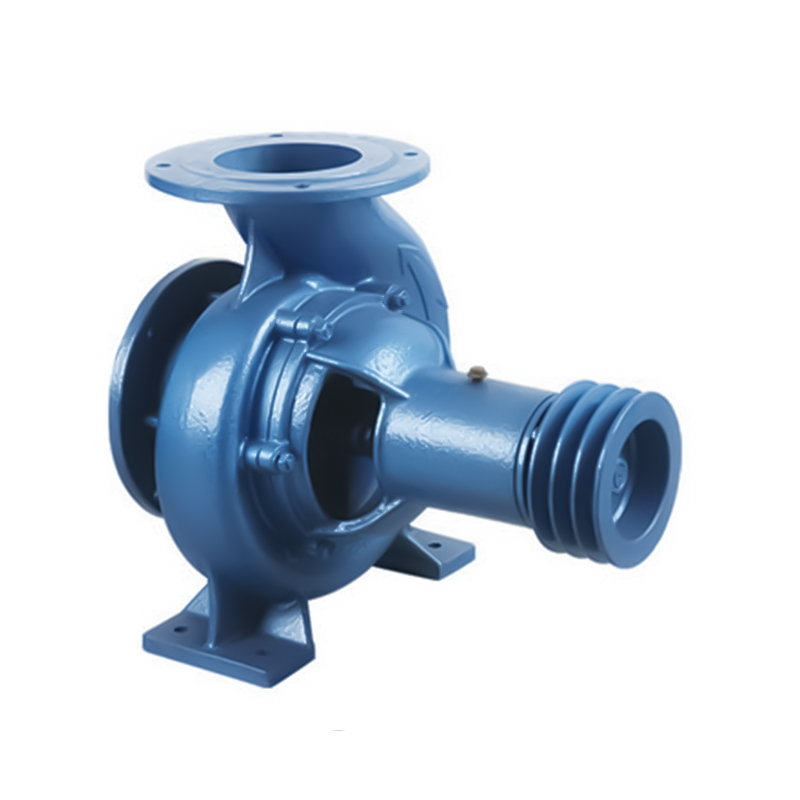
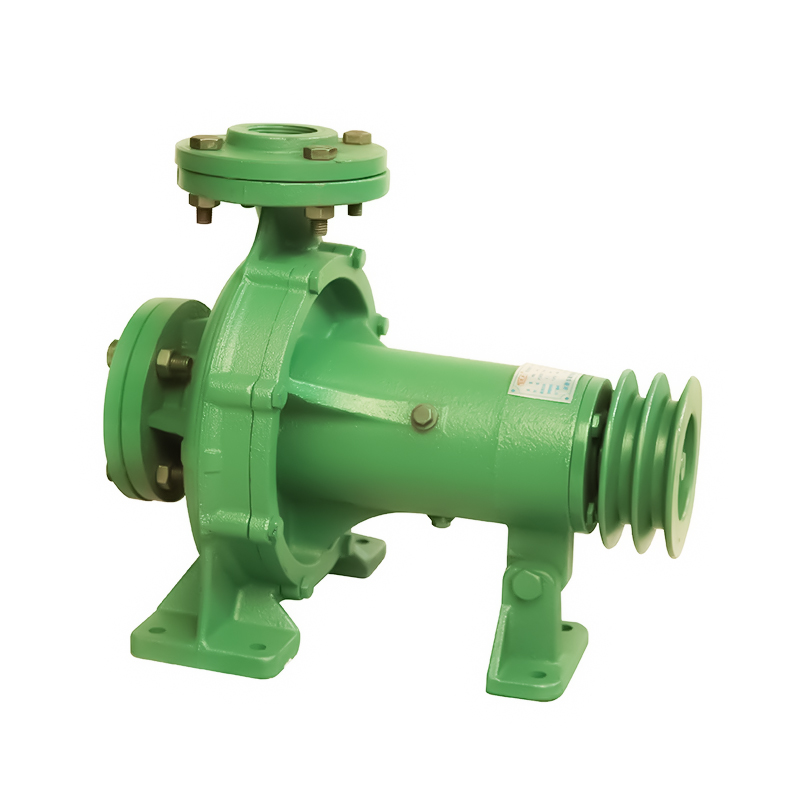

 Email:
Email:
 Phone:+86-13605899207
Phone:+86-13605899207

